New
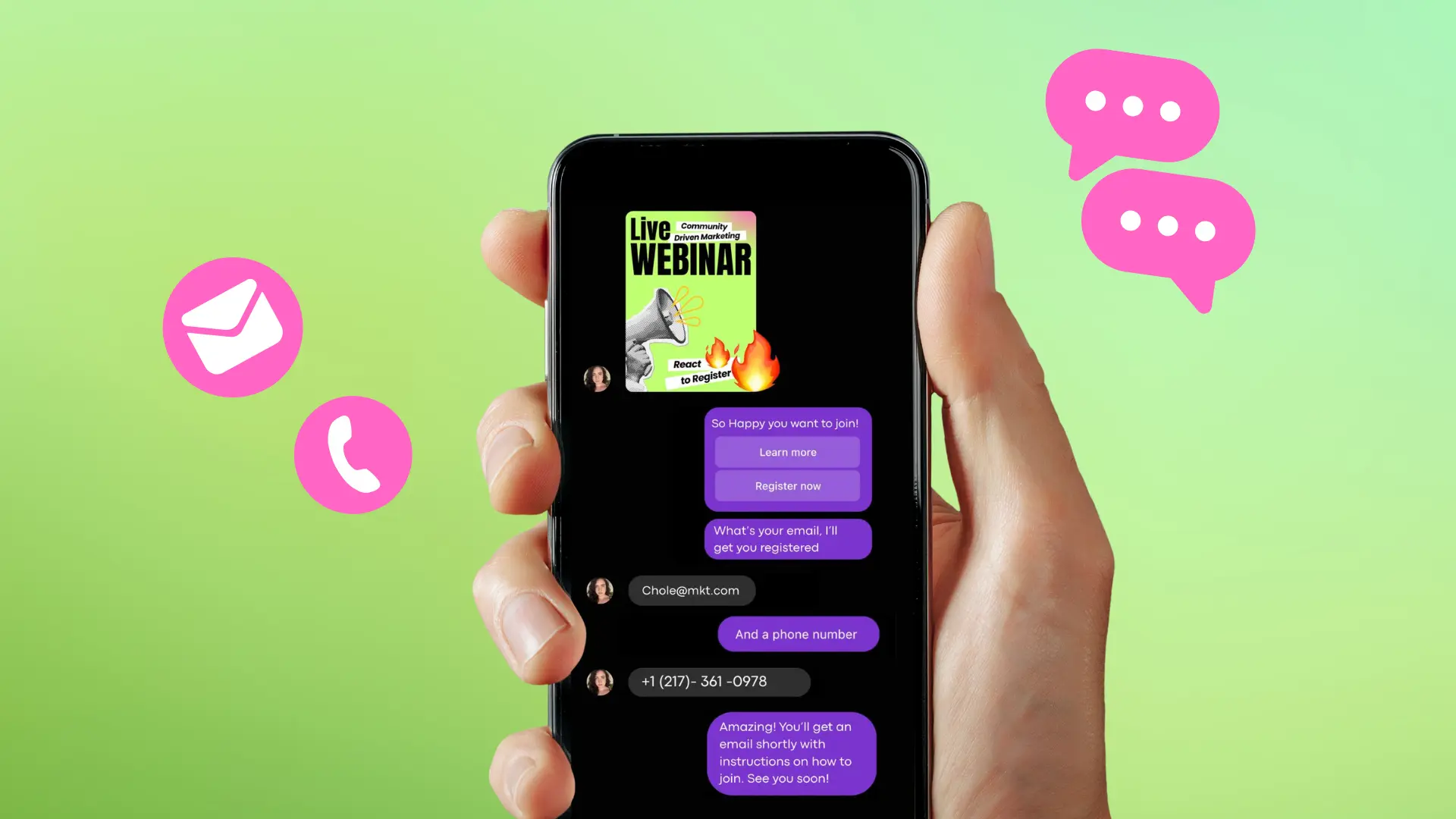
Turn Your DMs Into Lead Gen!
Learn how to collect lead data from your DMs such as email addresses, phone numbers, and more right from your social inbox. If you are not yet automating your DMs your competitors are outpacing you.

How Something Social Saved 75% of Their Time and Increased Revenue by 15%
See how a fast-growing agency improved operations, cut down hours of manual work, and unlocked new revenue opportunities with Vista Social.
New

50 Unique Social Media Ideas for Consistent Content Creation
Discover 50 unique social media post ideas to engage your audience, grow your brand, and maintain a consistent content strategy with ease!
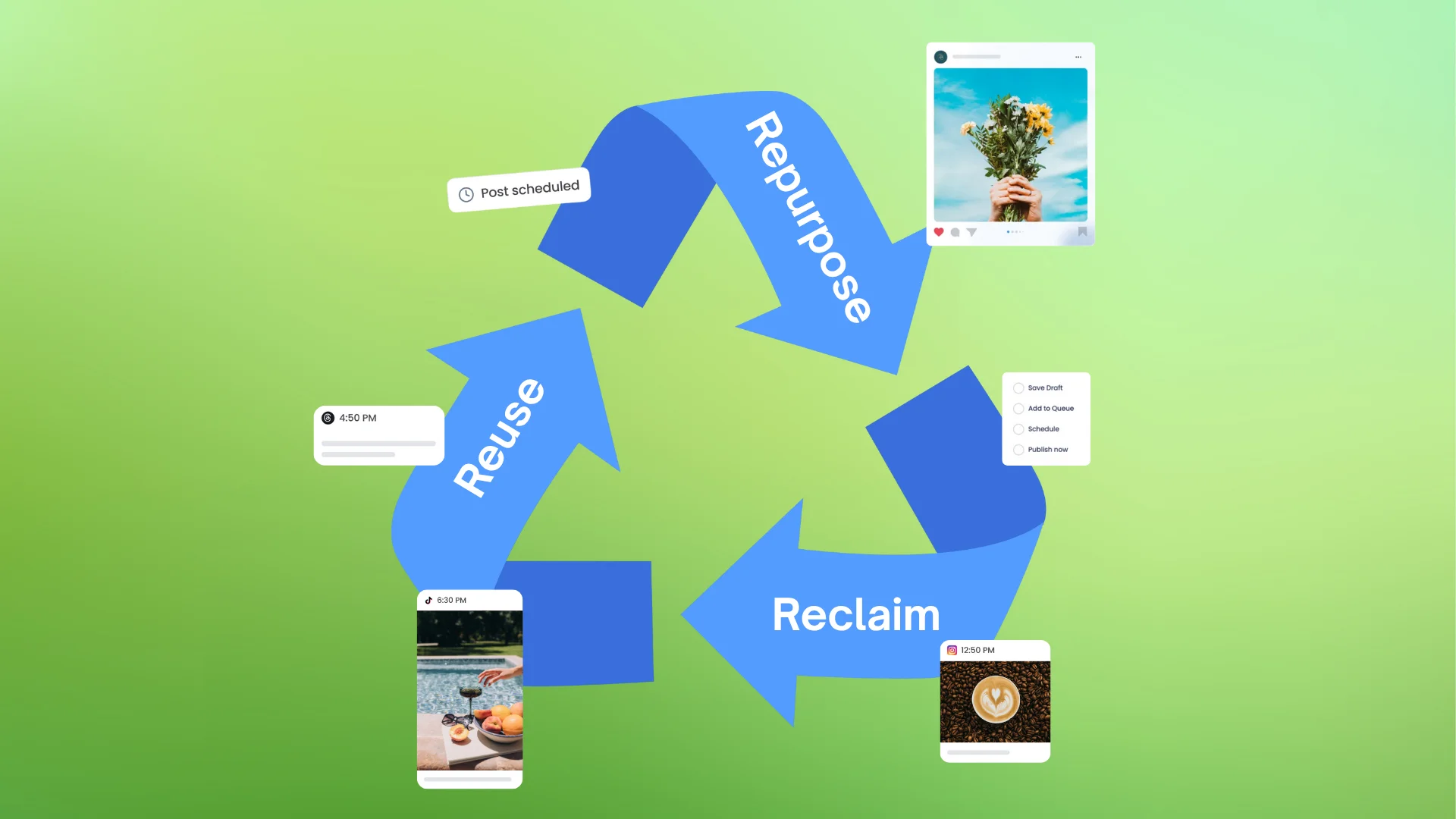
Mastering Content Reuse: The Key to a Consistent and Sustainable Posting Strategy
Published on April 14, 2025
12 min to read
Social Media Sentiment Analysis Examples for Agencies
Summarize with AI
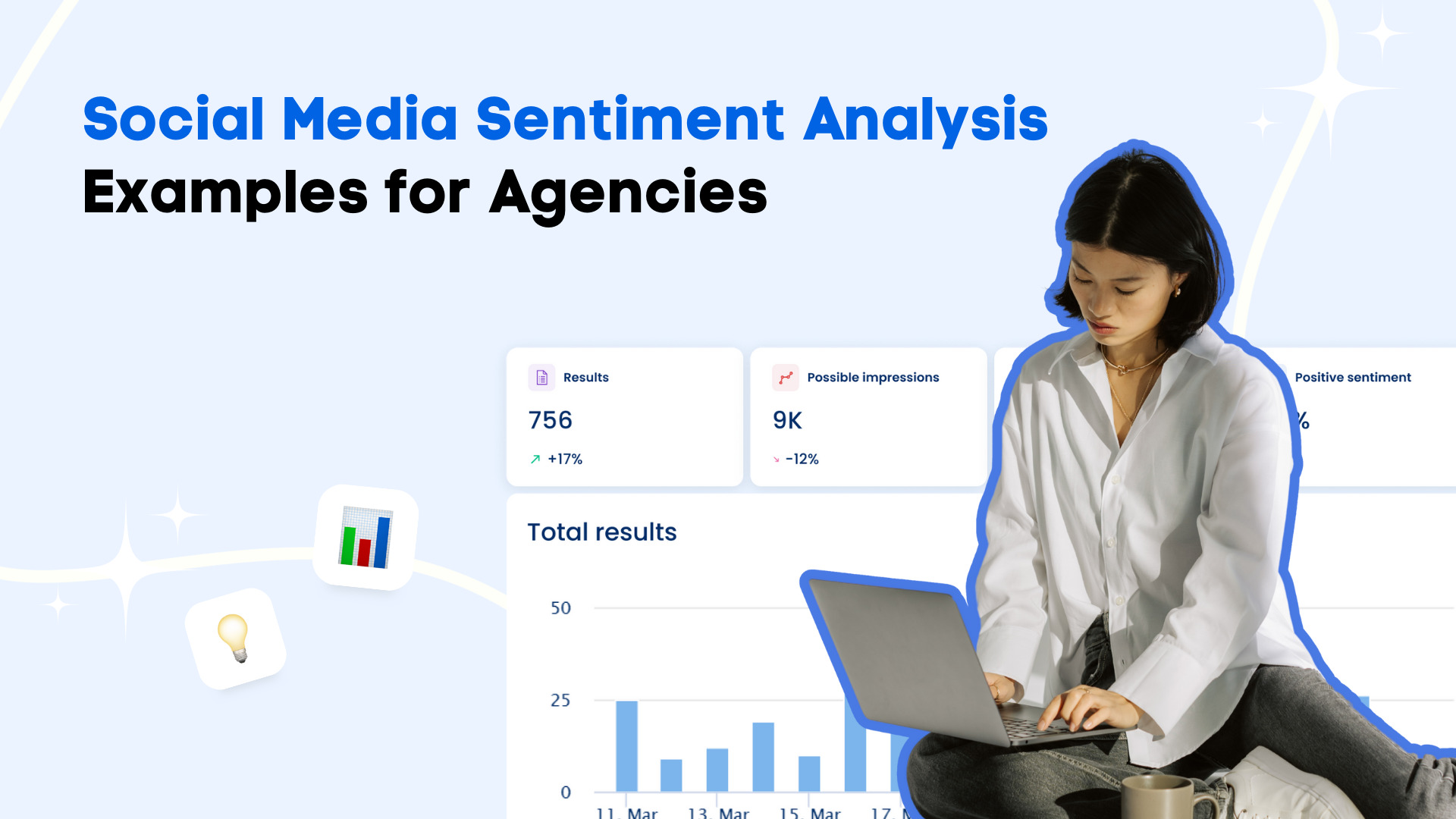

Table of Content

Performing sentiment analysis isn’t always easy, especially if your agency has never done it.
That’s where this roundup of social media sentiment analysis examples comes in.
Tracking mentions and engagement, including the sentiment behind them, often involves many steps, tools, and strategies.
Learning from others is one of the best ways to ensure you do social sentiment analysis correctly.
That is why we’ve compiled examples of sentiment analysis on social media to help you get a good idea of what works and guide your efforts.
This post covers real-world sentiment analysis examples you can leverage to get inspiration to understand audience moods, catch issues early, and prove ROI.
Let’s jump into it.
Table of contents
What you will learn
- Social media sentiment analysis examples from brands
- Social media sentiment analysis examples: Sample use cases
- Social media sentiment analysis examples of mistakes to avoid
- Vista Social: A reliable tool for social media sentiment analysis
- FAQs on social media sentiment analysis examples
- Learn from social media sentiment analysis examples
Social media sentiment analysis examples from brands
Check out the examples of social media sentiment analysis below.
Netflix
Streaming platform Netflix is known for being a pro at leveraging social media to connect with its audience.
The brand often shares viral content and memes to draw attention to its posts, events, upcoming events, or announcements, and to hype up a recently popular show or movie.
The response? Viral content that drives tons of engagement, such as more than 100,000 likes.
So, how is Netflix nailing its social media game?
The answer: Social listening and sentiment analysis.
For example, during the second season release of Bridgerton in 2022, the brand noticed the peaking trend of the show’s content.
This provided countless opportunities for the brand to ride the popularity wave by using a popular Anthony Bridgerton meme to promote The Recruit, another Netflix show.

It was a genius move that helped keep the buzz going for Bridgerton and The Recruit (including Netflix).
The tactic proved effective because Netflix leveraged social listening and sentiment analysis strategies to capture relevant conversations that mattered to the brand.
Must read: 10 Social Media Sentiment Analysis Strategies for 2025
McDonald’s
McDonald’s leverages AI to track customer sentiment across the company’s more than 38,000 locations globally.
The fast food chain can quickly spot potential issues by combing through social media mentions and online reviews.
Social media sentiment strategies like this helped them capture negative feedback on underperforming locations or new menu items and respond accordingly.
Must read: 10 Social Media Sentiment Analysis Strategies for 2025
The data allows the company to take proactive measures, such as providing additional staff training or improving recipes, to ensure customer satisfaction.
For example, the customer complaint on the company’s Instagram post below didn’t tag the brand.
Still, it was easily captured (among a sea of comments), likely due to effective social listening and sentiment analysis.
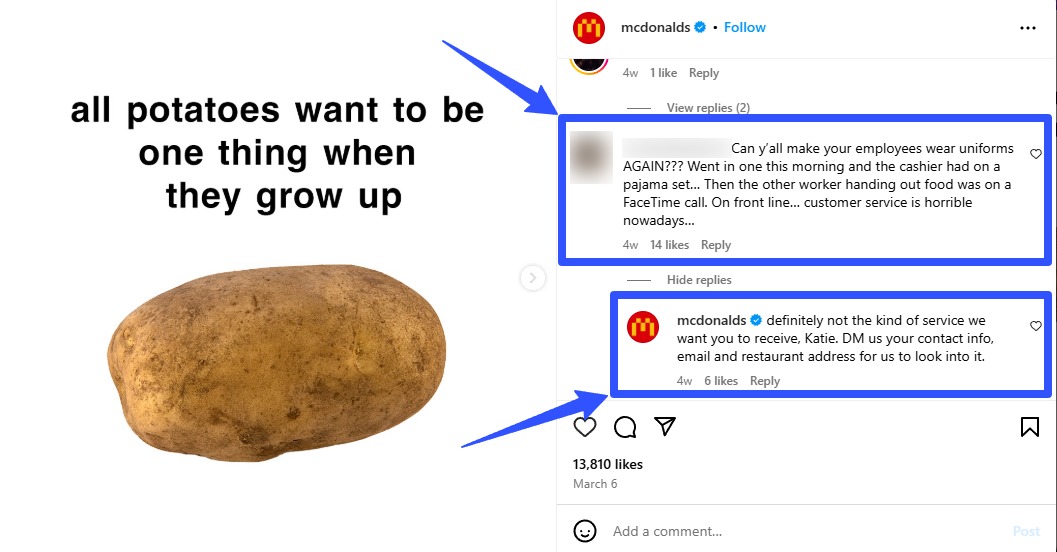
The company responded promptly to the customer’s complaint using this sentiment data.
Continuous monitoring and timely response to customer sentiment help maintain brand reputation while fostering customer loyalty.
Must read: Social Media Monitoring vs. Social Media Listening
Delta Air Lines
Delta Air Lines is another company that uses AI sentiment analysis to determine the sentiment of its social media audience via customer feedback from surveys, reviews, and social media.
Sentiment analysis trends help the airline spot areas of the customer journey that cause frustration, including flight delays, poor in-flight services, and long check-in lines.
The comment section exchange below is a classic example of a critical customer sentiment that needs to be captured and analyzed to ensure the company addresses the concern accordingly.
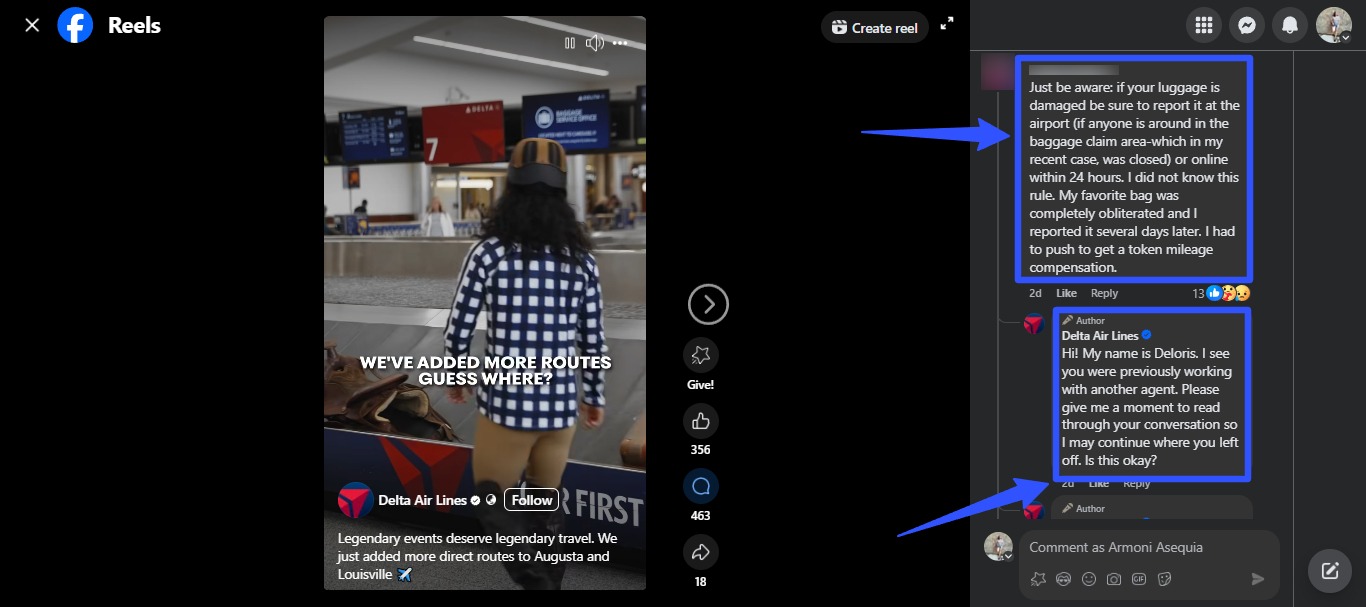
Although the comment was not technically a complaint, its sentiment was negative, making sentiment analysis essential to ensure a quick and proper response process.
It can help uncover subtle sentiments and handle issues before they blow up to help maintain customer relationships.
The sentiment data also helped Delta prioritize key areas to improve and allocate resources properly to the most critical customer pain points.
Social media sentiment analysis examples: Sample use cases
Wondering how your agency can use sentiment analysis in real life?
Check out the sample use cases below.
Campaign launch monitoring
Your client just dropped a new campaign or product and watches engagement like a hawk.
How sentiment analysis helps
Instead of simply counting likes and shares, you can use sentiment tracking to understand how people feel about the launch in real time.
Are your clients’ social media audiences’ reactions excited, disappointed, or confused?
If negative sentiment spikes, you can quickly flag it and adjust the messaging, targeting, or creatives before the campaign gets derailed.
Suppose your client’s tech brand rolls out a new app feature, and users are buzzing, but sentiment data shows frustration over bugs.
This is your cue to jump in with a fix-focused response strategy—problem addressed, sentiment stabilized.
Social listening during a crisis
Your client’s brand may be under fire due to a controversial ad, a supply chain issue that affected service delivery, or a customer service failure.
How sentiment analysis helps
Sentiment data insights can help you measure the intensity of the backlash, pinpoint key concerns, and develop a crisis response.
It also helps track how your clients’ audiences feel after the fix.
Let’s say your client’s food brand gets flak over an ad, and negative sentiment jumps.
You can pause paid ads, respond directly to top concerns, and launch a “We Hear You” campaign.
Within days, sentiment can shift toward neutral and then positive, which is good news for your client’s brand reputation and customer relationships.
Customer Feedback Analysis
You want to give your clients valuable insights into what customers on social media really think without paying for expensive surveys.
How sentiment analysis helps
Analyzing organic mentions, reviews, and comments allows you to detect patterns in customer feelings.
What features do people love? What’s confusing? What’s missing?
Sentiment analysis data can help you answer these questions.
Suppose your client’s brand launches a new checkout flow.
Sentiment analysis can show that while social media users love the look, many find it confusing.
The sentiment insights can help you flag the issue, tweak the UX messaging, and improve the experience without waiting for formal complaints in your client’s DMs or comment section.
Brand health tracking
Suppose your client wants to know if their reputation is improving over time or going downhill.
How sentiment analysis helps
Tracking sentiment monthly or quarterly allows you to identify long-term trends across your clients’ social media audiences.
It helps you prove ROI, measure the impact of PR or social campaigns, and show progress in your clients’ brand perception.
For instance, let’s say your client, who owns a fitness brand, wants to know if their rebrand resonates.
Sentiment tracking over six months can show a steady shift from neutral to positive mentions.
You can leverage this data to support continued investment in your client’s brand refresh.
Competitor benchmarking
Let’s say your client wants to stay ahead of their competitors without relying on guesswork to figure out what they are doing right or wrong.
How sentiment analysis helps
You can track sentiment for your clients’ competitors to see how the audience feels about their launches, campaigns, or customer service.
It’s like having a cheat sheet to avoid competitor mistakes—or outshine them where it counts.
Suppose your client’s competitor fashion brand is getting heat for sustainability claims.
Sentiment analysis can show that people are skeptical and think the competitor brand is “greenwashing” (pretending to be more eco-friendly than it is).
You can learn from this to know what NOT to do and ensure your client’s messaging is true to its claim, which helps build customer trust.
Audience segmentation and personalization
Suppose you run multiple audience campaigns for your client and want each group to feel seen and heard.
How sentiment analysis helps
Filtering sentiment by demographics, location, or platform helps you personalize your clients’ social media content and messaging based on what each segment feels.
Let’s say your client, who runs a travel company, finds that their younger TikTok audience responds positively to playful messaging.
On the other hand, older Facebook users are more concerned about booking policies.
You can tailor your clients’ TikTok and Facebook content and other creatives accordingly, ensuring that both groups feel like your client’s brand gets them.
Social media sentiment analysis examples of mistakes to avoid
To ensure effective and efficient sentiment analysis, steer clear of the pitfalls below.
Only tracking volume and not emotion
Seeing a spike in your clients’ mentions may feel like a win, but raw volume doesn’t tell you how audiences feel.
Your clients could have thousands of mentions, but if the mood is sarcastic, disappointed, or angry, those numbers mean trouble, not traction.
So, don’t fall into the trap of celebrating increased chatter without checking its emotional tone.
That’s a fast way to miss a brewing crisis or assume your client’s campaign is working when it’s backfiring.
Try Vista Social for Free
A social media management platform that actually helps you grow with easy-to-use content planning, scheduling, engagement and analytics tools.
Get Started NowAlways cross-reference the volume of mentions with sentiment scores.
Use reliable tools that break down sentiment into positive, neutral, and negative—ideally with emotion-specific insights such as joy, anger, or frustration.
The more specific your sentiment data, the deeper your insights.
Ignoring neutral sentiment
Neutral sentiment doesn’t mean “meh” or irrelevant.
It’s where a lot of indecision and confusion live, especially during your client’s launches or brand changes.
If people are talking but not expressing a strong opinion, that may signal unclear messaging or unmet customer expectations.
If you ignore that, you may miss the opportunity to guide your client’s brand narrative or educate their audience.
The key is to treat neutral mentions like conversation starters.
Dig into those posts to figure out what’s missing.
For instance, what questions are social media audiences asking?
Use the uncovered insights to refine messaging or clarify your clients’ campaigns.
Letting bots and spam skew your data
Not all mentions are made by real humans with genuine opinions.
Bots, spammers, and fake accounts can flood your clients’ social media feeds with junk data.
These irrelevant mentions could distort your analysis if you rely on sentiment analytics tools without the right filters.
Suppose your client’s social media post gets 500 mentions, and your report shows a 90% positive sentiment.
However, half of the mentions come from bot accounts promoting unrelated products.
That’s not insight, that’s noise, which doesn’t give you relevant data.
The solution?
Use social listening tools with built-in bot filtering or manually review unusual spikes to spot potential “fake” listening and sentiment data.
Remember, quality over quantity always wins in sentiment tracking.
Misinterpreting context
Artificial Intelligence (AI) sentiment tools are smart, but they’re not perfect.
Many AI sentiment analysis tools often miss slang, sarcasm, or cultural context, leading to misleading insights.
For instance, an AI sentiment tool can flag a “This brand is soooo amazing 🙃🙄” post as positive when it’s not.
If you use that data to report campaign success, your client could be operating under false confidence. Yikes!
So, don’t rely on AI tools alone.
Always review sentiment manually for high-impact posts, influencer comments, or trending content.
If sarcasm is common in your audience’s tone, consider training your sentiment tool or adding specific keyword rules.
Waiting too long to act
Sentiment data is time-sensitive.
This means that waiting days to review analytics after a campaign launch can mean missing a window to improve what’s working or prevent a PR issue.
You’re getting hindsight analysis if you present weekly or monthly sentiment reports after the conversation has cooled off.
Take a more proactive approach by setting up real-time alerts for sentiment shifts.
For example, Vista Social’s social media listening tool can notify you of sudden negative chatter or unusual keyword spikes, so your team can step in quickly.
Not customizing for each client
Not all sentiment benchmarks apply across the board.
For instance, a fun, edgy fashion brand and a serious B2B tech company will likely have different audience tones.
If you use a one-size-fits-all sentiment filter, you’ll miss what actually matters to each client.
For example, words such as “sick” or “crazy” may be positive slang for your clients’ Gen Z audiences, but could signal trouble in more traditional industries (like healthcare 🤦).
Customize your sentiment tracking instead of focusing only on “standard” benchmarks.
Create keyword lists, emotion tags, and alert thresholds based on each client’s brand tone, audience, and goals.
These can lead to sharper and more accurate social media sentiment analysis results for clients.
Must read: Social Media Sentiment Analysis: A Comprehensive Guide
Vista Social: A reliable tool for social media sentiment analysis
Sentiment analysis is crucial to your clients’ social media marketing efforts.
So why not use a comprehensive platform like Vista Social for social media management and sentiment analysis?
The platform’s sentiment analysis feature can track and assess the emotions and tone in user interactions across your clients’ connected social media profiles.
For instance, all conversations in your Social Inbox are automatically tagged with a sentiment icon that tells you whether they are positive, neutral, mixed, or negative.
Must read: Social Media Inbox Management Tools & Tips for 2025

Each sentiment tag includes a brief explanation of the classification, which helps you determine the sentiment’s accuracy.
Vista Social’s sentiment analysis also works with its social media listening feature.
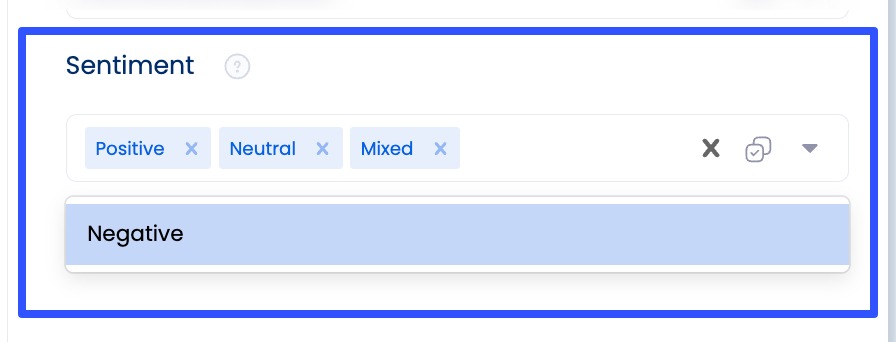
You can filter all the social media conversations pulled through your Listeners by sentiment for easy tracking.
Vista Social Listeners are real-time social listening queries you can set to track keywords, mentions, and hashtags across social media platforms.
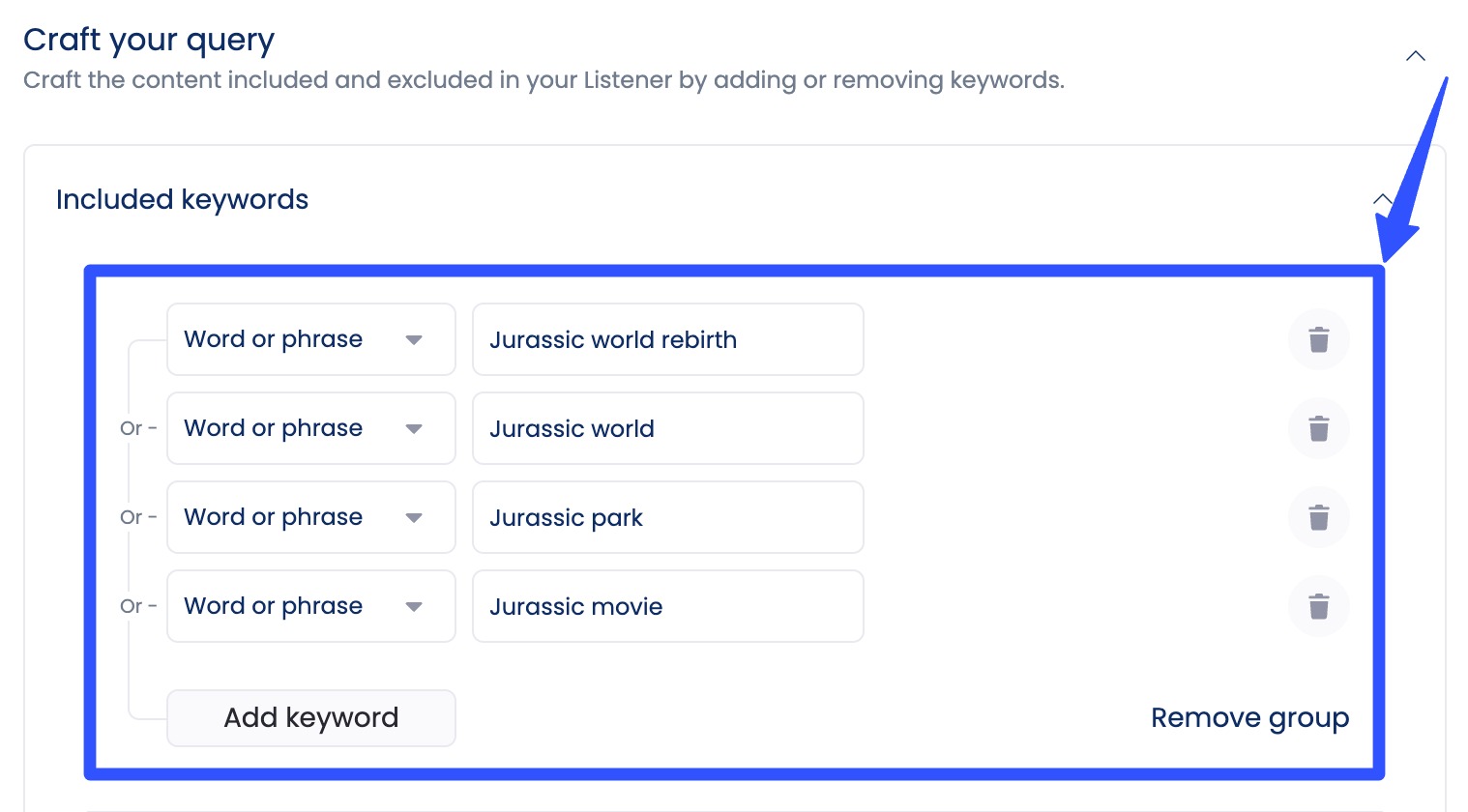
Tracking and measuring sentiment is quick and easy with Vista Social’s sentiment analysis reports.
Must read: Social Media Sentiment Analysis vs Social Media Tracking
To run your sentiment report, start by choosing your data source:
- Specific posts from campaigns
- All your client’s social media profile data (comments, mentions, and messages)
- Data from specific Listeners

Next, specify your sentiment report’s date range.
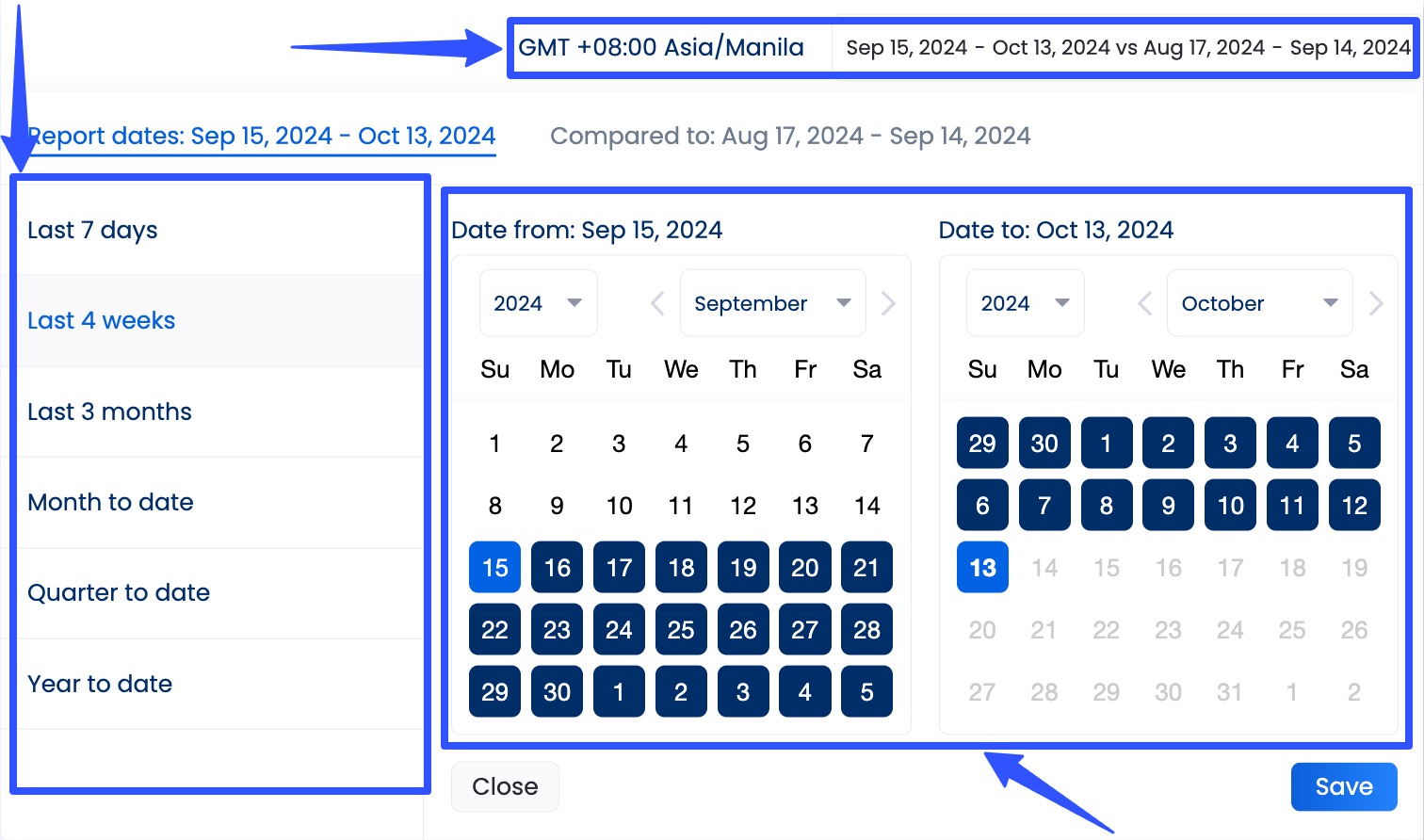
Your sentiment report includes key data and metrics, including the overall sentiment, sentiment by interaction and type, and sentiment trends.
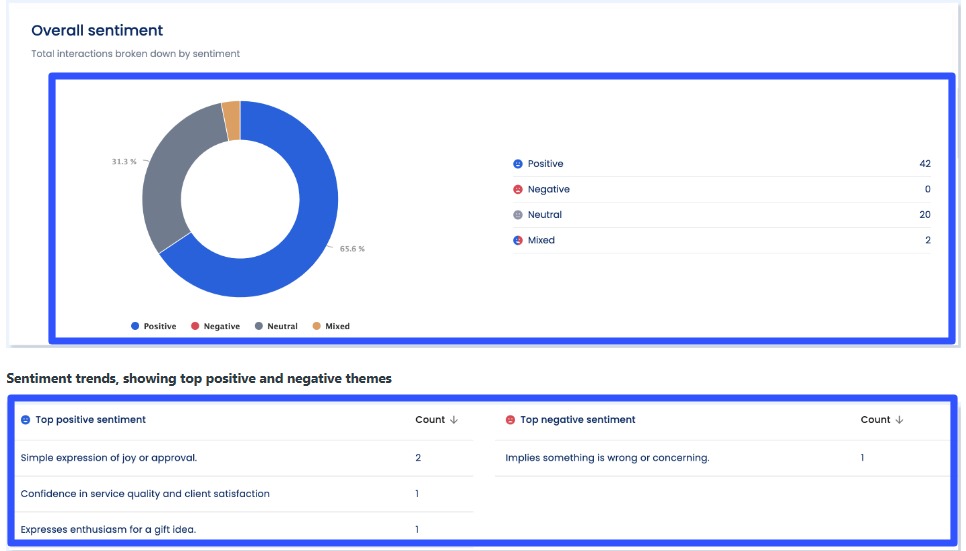
With the platform’s report scheduling feature, you can schedule your sentiment analysis and other social media reports to generate and share with your clients and team automatically.
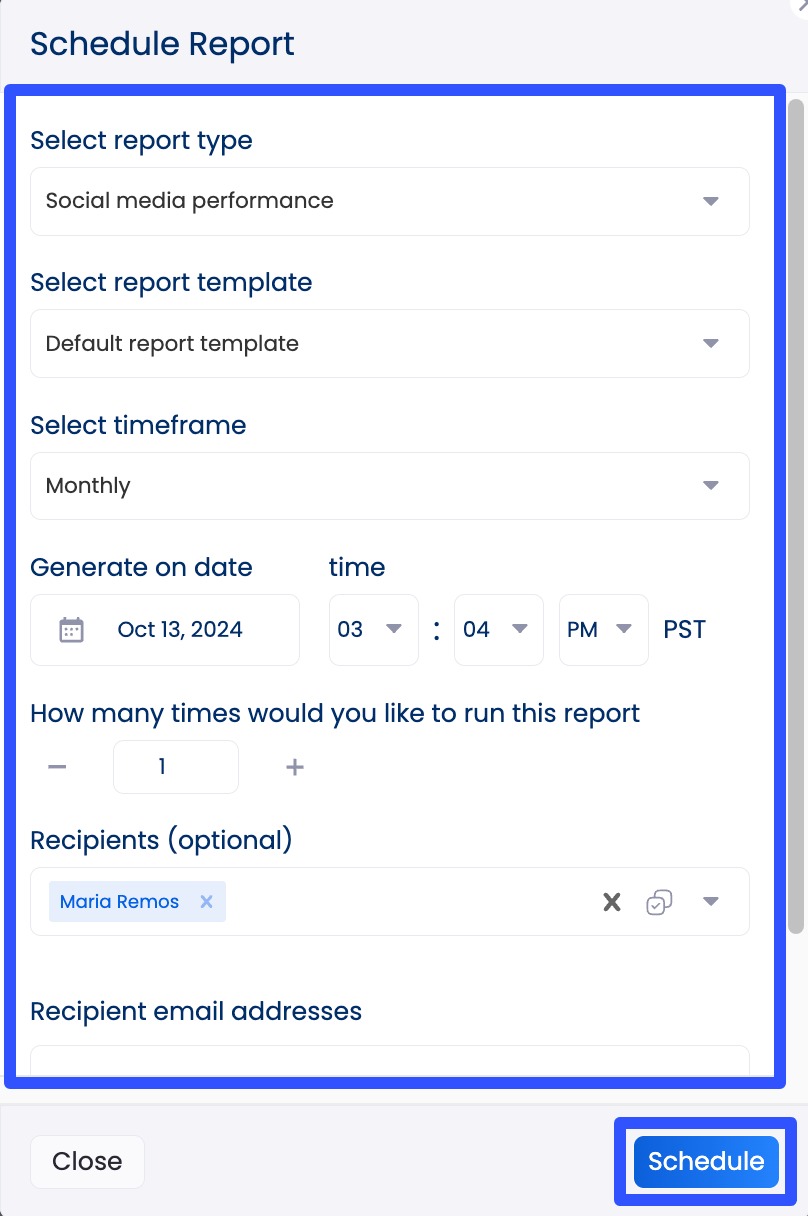
You can also export your reports to CSV or PDF or share them directly via interactive links.
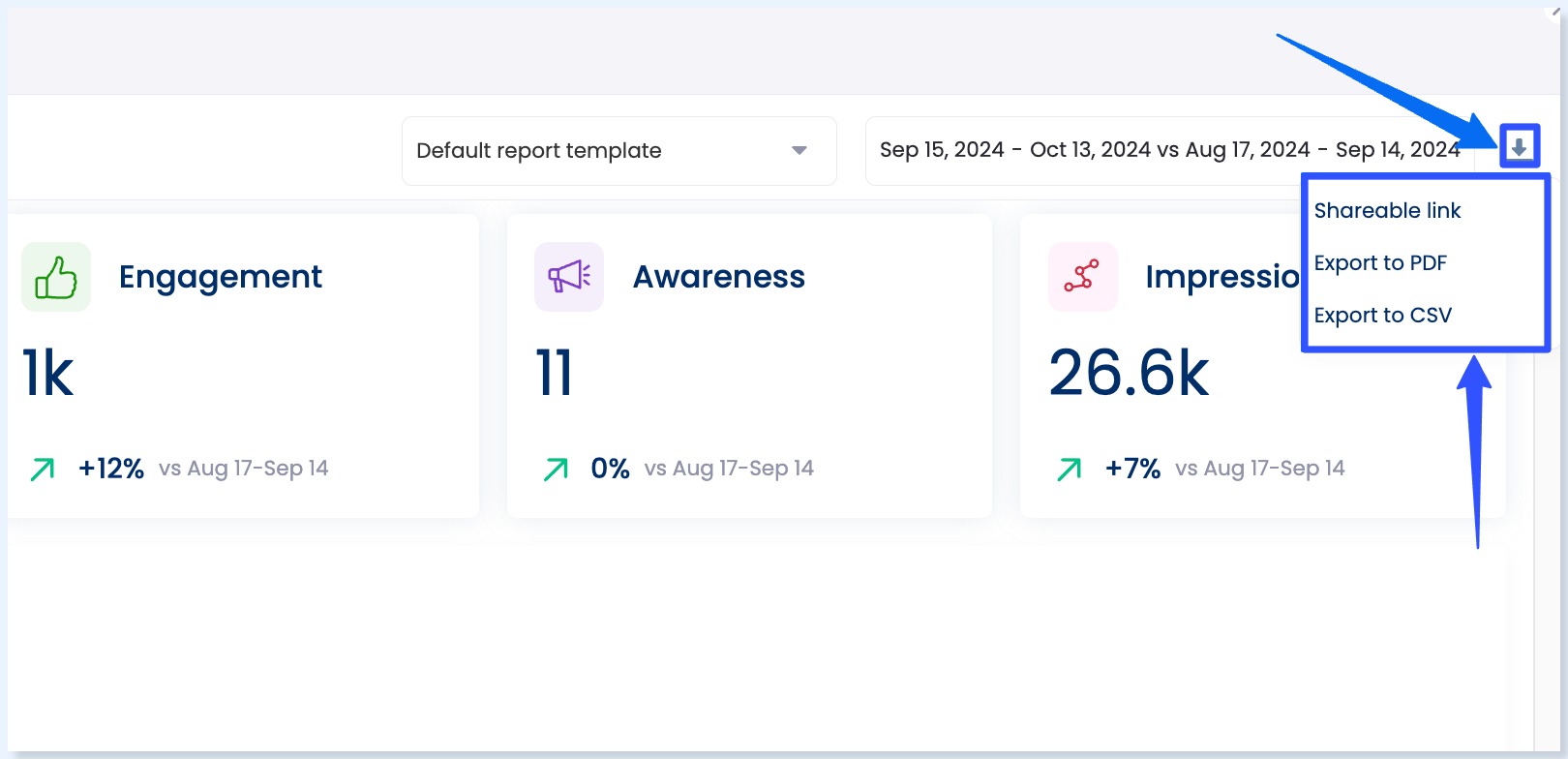
Vista Social’s other sophisticated features include the following:
- Content scheduling and bulk publishing
- AI Assistant
- Social media analytics
- Employee advocacy
- Collaborative content calendar
- Canva integration
- Link in bio tool with Vista Page, customizable landing pages
- Hashtag tools
- Multi or single-stage post approval workflows
- Media library, including a trending audio library
- Review management
- Optimal posting time suggestions
- Integrations with other business tools (Zapier, Slack, etc.) and the latest social media platforms, such as Threads and Bluesky
Must read: Bluesky Marketing Guide for 2025: w/ Tips, Tools, and FAQs
FAQs on social media sentiment analysis examples
How does sentiment analysis work on social media?
Many sentiment analysis tools use Natural Language Processing (NLP) and machine learning to scan social media comments, posts and mentions.
Must read: 20+ Sentiment Analysis Tools for Agencies & Brands for 2025
The tools look for keywords, context, tone, and even emojis to determine the overall emotion (sentiment) behind the content.
How can you improve your brand sentiment on social media?
Some practical ways to improve brand sentiment include:
- Responding quickly and not letting negative comments sit. A fast, human reply can flip the sentiment
- Engaging with positive mentions, such as celebrating your clients’ fans and amplifying their brand love
- Adapting sentiment analysis and social media strategies using insights. For instance, tweak a new feature or ad if your clients’ social media followers dislike it
Must read: 20 Top Social Media Strategies for SaaS Companies this 2025
What are the ethical considerations in using sentiment analysis?
Essential ethical considerations when performing sentiment analysis can include:
Must read: How to Perform Social Media Sentiment Analysis this 2025
- Privacy concerns, such as ensuring that your data collection complies with privacy laws and respects user consent
- Being aware of and mitigating biases in algorithms that could lead to unfair interpretations and inaccurate results
- Communicating to your clients and other stakeholders how sentiment data is collected and used
Must read: Social Media Privacy Laws Evolution: What Brands Need to Know
What social media sentiment analysis tool features should you look out for?
Consider the following essential features when choosing the right sentiment analysis tools.
- Reliability and accuracy. Ensure your chosen tool accurately interprets captured sentiment and gives you reliable data
- Granularity. Tools that can analyze sentiments at various levels, such as sentence, paragraph, or document level, can give you deeper insights
- Sentiment trends. Opt for tools that can track sentiment trends over time to gain valuable insights into the performance and reputation of your clients’ brands
- Integrations. Choose sentiment analysis tools that seamlessly integrate with your clients’ existing social media platforms, analytics tools, and other relevant business software
- Real-time analysis. Using a tool that can give you instant sentiment and social media data insights helps you understand and respond to audience trends and sentiments promptly
- Context understanding. Advanced sentiment analysis tools that can understand nuances and context reduce the risk of misinterpreting audience or customer sentiment
- Scalability. Ensure that your sentiment analysis tool can handle large data volumes, especially as the clients and brands your agency handles grow
- Visualization. Choose tools with easy-to-understand data visualization features for convenient and efficient analysis and presentation
- Multilingual support. If your clients’ audiences speak multiple languages, find a tool that can effectively and accurately analyze sentiment in those languages
- Customizable reports. Opt for tools with customizable dashboards and reports to simplify data tracking and ensure you see the metrics and insights that matter most
Must read: Social Media Sentiment Analysis Dashboard: Tips & FAQs
Learn from social media sentiment analysis examples
Real-world social media sentiment analysis examples show the power and impact of brands listening to what audiences say and feel.
With sentiment insights, you can develop smarter strategies to help clients turn negative buzz around and improve their products and services.
Streamline your efforts to track, analyze, and act on sentiment across your clients’ social media pages from one intuitive dashboard. Start your Vista Social account now.
About the Author
Content Writer
Jimmy Rodela is a social media and content marketing consultant with over 9 years of experience, with work appearing on sites such as Business.com, Yahoo, SEMRush, and SearchEnginePeople. He specializes in social media, content marketing, SaaS, small business strategy, marketing automation, and content development.
Read with AI
Save time reading this article using your favorite AI tool
Summarize with AI
Never Miss a Trend
Our newsletter is packed with the hottest posts and latest news in social media.
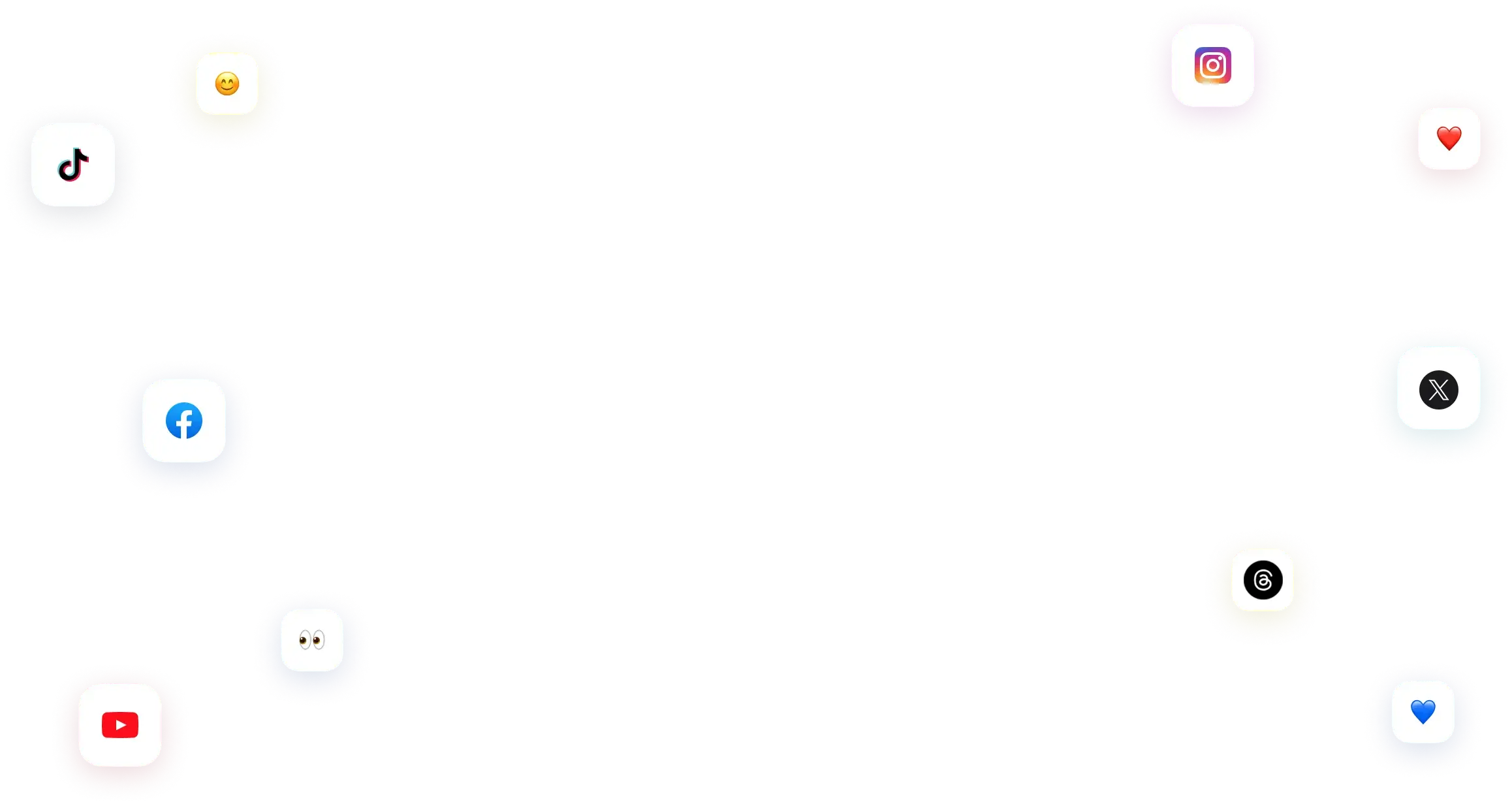
You have many things to do.
Let us help you with social media.
Use our free plan to build momentum for your social media presence.
Or skip ahead and try our paid plan to scale your social media efforts.
P.S. It will be a piece of cake 🍰 with Vista Social
Subscribe to our Newsletter!
To stay updated on the latest and greatest Social Media news. We promise not to spam you!


